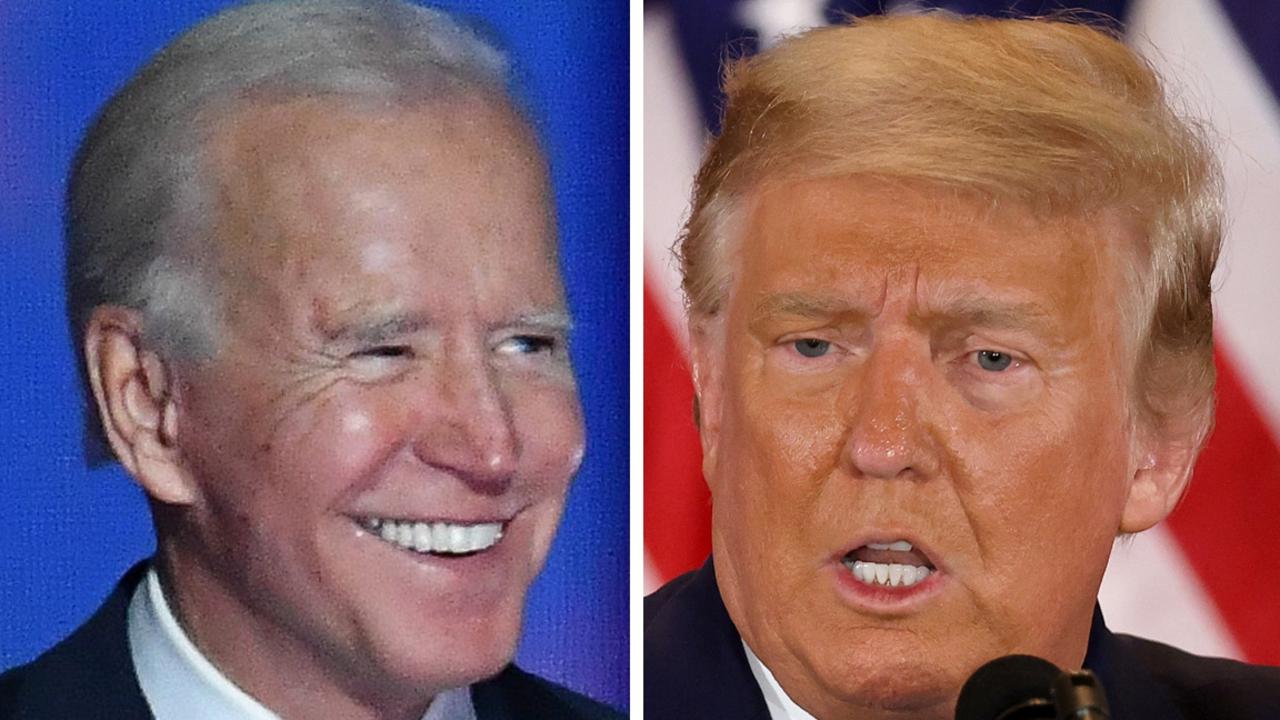As all artists and gallery owners know, the picture frame is not the painting. But an elegant and appropriate framework is meant to embrace and enhance the artwork’s content. Further, the right framing can add additional intellectual and emotional dimension to even the most celebrated work.
The Museum of Wisconsin Art chose to create an imaginary ecosystem for its latest exhibit, “Magic Wilderness: Dreamscapes of the Forest.” The West Bend museum framed its show of 16 state artists’ interpretations of Wisconsin’s woods in an almost full-on wilderness experience, complete with forest sights, sounds, textures and images. The result is both spectacular and sublime.
Nature’s opposites, from the worldly and weird to the magical and mathematical, form the content of the works, which range from paintings and photographs to sculpture and mixed media. Three-dimensional “trees” by Madison artist Jacob Bautista provide a visual and physical context throughout the exhibit, which is laced together by a forest soundscape created by artist Ben Binversie, who wandered through several Madison-area woods recording the natural sounds, including bird songs, rustling leaves, and his own footsteps walking the earth to accompany the exhibit.
Artists from Milwaukee and southeastern Wisconsin form the lion’s share of participating talent. The list includes Kyoung Ae Cho, Maureen Fritchen (from Racine), Kevin Giese, Mary Hood, Barbara Manger, Cassandra Smith, Fred Stonehouse (who lives in Milwaukee and teaches at Madison), Brooke Thiele, and Shane McAdams, who also is an occasional Shepherd Express contributor.
Perceiving Nature
In fact, Thiele’s paper leaves and branches act as an entry to the exhibit, which opens with a quote from Wisconsin naturalist Aldo Leopold: “Our ability to perceive quality in nature begins, as in art, with the pretty. It expands through successive stages of the beautiful to values as yet uncaptured by language.” Artist Hood’s laser engraved wooden bird sculptures carry the ambience — and the viewers’ attention — into the main exhibit.
Stay on top of the news of the day
Subscribe to our free, daily e-newsletter to get Milwaukee’s latest local news, restaurants, music, arts and entertainment and events delivered right to your inbox every weekday, plus a bonus Week in Review email on Saturdays.
Photographer Tom Uttech’s black-and-white imagery gives way to McAdams’ vivid and compelling abstracts and Smith’s fascinating Fish Board 3 (Walleye), a circular sculpture of wood, fiberglass, acrylic and gold leaf. The richness, variety and imagination continue throughout the rest of the exhibit’s fanciful and sometimes literal interpretations of Wisconsin’s vast and varied wooded terrain.
The exhibit’s cornerstone piece is the immense abstract mural by University of Wisconsin-Milwaukee professor John Colt. Measuring 22 ½ feet by 8 ½ feet, the canvas was commissioned in 1958 to honor Marquette University’s Rev. John J. Walsh and hasn’t been seen in public since the 1970s. Wild mandrake leaf imagery and overtones of orange, green, yellow and black, characterize the work, which is part of MOWA’s permanent collection.
Most art exhibits operate as the sum of their parts and artworks that grace gallery walls, pedestals and display cases. In case of “Magic Wilderness,” the overall gestalt is one of thematic unity combined with visual and textural diversity, just like nature itself. That nature, filtered through the minds and ideas of such a talented group of artists, brings a vivid set of emotional and conceptual interpretations into play, enhancing the gifts that nature itself has provided.
Were he still alive, Aldo Leopold would have been pleased with the exhibit, too.
Magic Wilderness: Dreamscapes of the Forest runs through Jan. 15, 2023, at the Museum of Wisconsin Art, 205 Veterans Ave., West Bend.
Oct. 31, 2022
9:26 a.m.
This article is first published on Source link


